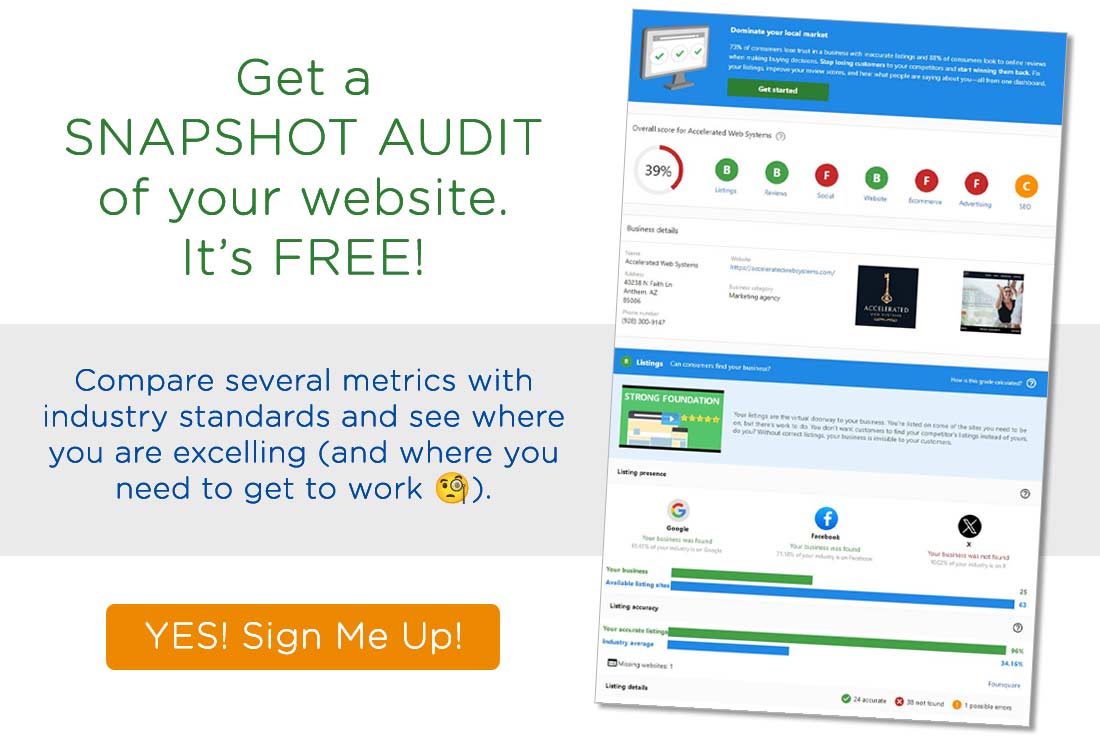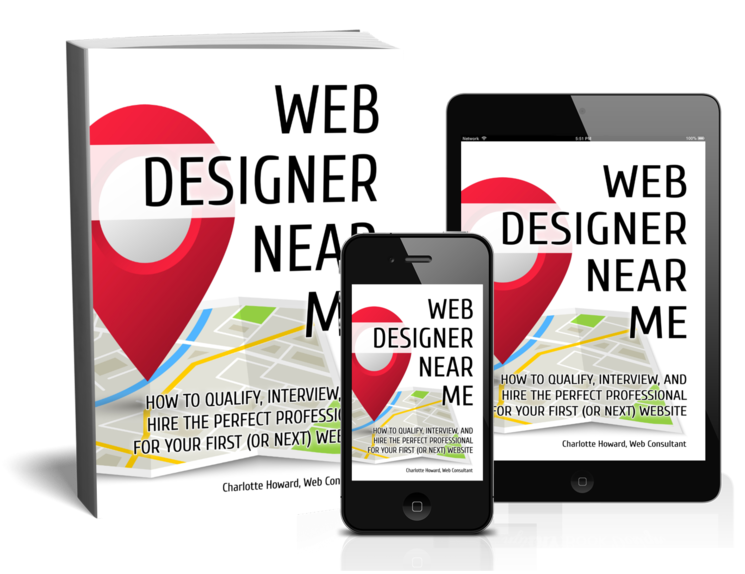What Is Inbound Marketing? Strategies, Examples & Best Practices
Looking to understand inbound marketing? It’s a strategy that draws customers to your business through valuable content and tailored experiences, moving away from the interruptive nature of traditional advertising. In this article, you’ll discover the key principles, effective strategies, and the main benefits of inbound marketing.
Key Takeaways
- Inbound marketing focuses on creating valuable, personalized content and experiences to attract, engage, and delight customers, moving away from traditional advertising tactics.
- Key components of inbound marketing include content creation, SEO, social media engagement, and the use of buyer personas to guide content that meets the audience’s needs.
- Inbound marketing is more cost-effective compared to outbound marketing, generating leads at a lower cost and building long-term customer relationships through trust and authenticity.
Understanding Inbound Marketing
Inbound marketing integrates content generation and information dissemination to connect with customers. Unlike traditional marketing tactics like banner ads, inbound marketing delivers targeted messages designed to inform and capture attention, effectively engaging audiences. Its effectiveness is rooted in its stages—Attract, Engage, Delight—that systematically capture and nurture customer relationships.
Definition of Inbound Marketing
At its core, inbound marketing (also called pull or attraction marketing) is a strategy that focuses on:
- Crafting valuable content
- Personalized experiences for the audience
- Aligning with the specific needs of the target audience
- Creating content and sharing information to connect with customers
- Emphasizing engaging with the audience in a meaningful way
Inbound marketing operates on the premise that customers seek authentic and significant interactions with businesses they engage with. This approach emphasizes the importance of relationships in driving customer engagement and loyalty. The key to successful inbound marketing is sharing information that customers will find useful, relevant, and advantageous. This helps to attract and engage potential customers.
Key Components of Inbound Marketing at a Glance
Key components of an effective inbound marketing strategy include blogging and content creation, SEO, and social media engagement.
Creating buyer personas helps guide content creation by understanding the audience’s needs and behaviors. By considering the needs of potential customers and ensuring relevant SEO information on product pages, social media, or websites, inbound marketing can significantly improve brand search engine optimization (SEO).
Differences Between Inbound and Outbound Marketing
While inbound marketing enables consumers to discover the brand via informative and captivating content, outbound marketing proactively engages potential customers through direct-to-consumer methods. Outbound marketing typically disrupts the user experience with ads and messages that are not necessarily requested.
In contrast, inbound marketing is education-based, focusing on providing value and information, while outbound marketing is awareness-based, aiming to capture attention through various media.
The Benefits of Inbound Marketing
Inbound marketing is instrumental in drawing new prospects, generating momentum, and establishing a self-perpetuating cycle for the organization. Some stats:
- Inbound marketing can generate 3x more leads per dollar compared to traditional marketing.
- Inbound marketing leads are around 60% cheaper than outbound leads.
- 82% of marketers observe a positive ROI for their inbound marketing efforts.
These numbers highlight the importance and effectiveness of inbound marketing in today’s digital world.
Building Long-Term Customer Relationships
Inbound marketing fosters a captivating environment for customers using informative tools and interactive media. The main focus is to create high-quality content to keep visitors engaged, thereby fostering genuine connections with consumers.
Providing high-quality content and personalized experiences can help retain customers and encourage repeat business.
Increasing Brand Awareness and Trust
Inbound marketing can elevate brand awareness and trust. Through a strategic approach, not only does it lead to audience growth and improved brand presence, but it also establishes trust by providing value without asking for something in return.
By giving the brand a voice and communicating with customers, inbound marketing helps a brand gain trust and credibility.
Inbound marketing has several advantages over outbound marketing. For one, inbound marketing leads are around 60% cheaper than outbound leads.
Stages of Inbound Marketing

Inbound marketing follows three primary stages: Attract, Engage, and Delight. These stages systematically capture and nurture customer relationships, forming the backbone of an effective inbound marketing strategy.
Attracting Potential Customers
The initial step in the inbound marketing strategy is to attract potential customers. It involves creating content that addresses the needs and problems of your ideal customer. SEO plays a vital role in attracting potential customers by improving rankings in organic search results.
Engaging and Converting Leads
Once potential customers are attracted, the subsequent step is to engage them and convert them into leads. This is often achieved using clear calls-to-action that prompt engagement. Some examples of clear calls-to-action include:
- “Sign up for our newsletter”
- “Download our free ebook”
- “Request a free consultation”
- “Start your free trial”
Landing pages with clear calls-to-action are essential for capturing visitor information and converting them into leads.
Gated content, such as eBooks and whitepapers, also plays a crucial role in converting prospects into leads.
Delighting and Retaining Customers
Delighting and retaining customers is the concluding stage in the inbound marketing process. This involves providing exceptional service and creating positive customer interactions. A customer journey map is useful for detailing the various touchpoints in a shopper’s experience, from initial awareness to post-purchase advocacy. This can provide valuable insights for improving the overall customer experience.
Satisfied customers can be incentivized to promote your brand through referral programs, thereby helping to raise brand awareness and attract customers by boosting brand visibility and reputation.
Effective Inbound Marketing Strategies
Effective strategies for inbound marketing encompass creating buyer personas, implementing SEO, and improving the website user experience. High-quality, researched content can significantly boost SEO and authority, making it a vital part of an effective inbound marketing strategy.
Content Marketing
Inbound marketing primarily aims to generate high-quality, informative, and captivating content. This involves developing valuable content aligned with buyer personas, which is important for attracting and engaging the target audience.
Content marketing, such as blog articles, videos, audio, and infographics, plays a key role in an effective inbound marketing strategy. It helps attract more visitors to your site and engages them with relevant content.
Social Media Marketing
Businesses can disseminate content broadly and interact directly with their audience through social media platforms. Utilizing these platforms to share your content and engage with your audience is essential for modern inbound marketing strategies.
Modern social media marketing extends beyond Facebook to include platforms like LinkedIn, Instagram, and TikTok, making it a versatile tool in the inbound marketing arsenal.
Email Marketing
Email marketing is probably the most valuable component of a successful inbound marketing strategy. It involves:
- Building an email list
- Nurturing leads through automated email campaigns
- Segmenting email lists
- Personalizing content
These are key strategies for successful email marketing campaigns.
Marketing automation tools can greatly streamline email marketing tasks, making it a powerful tool in inbound marketing.

Examples of Successful Inbound Marketing Campaigns
These two successful inbound marketing campaigns illustrate how companies draw and engage customers with inventive, valuable content and strategic interaction.
Case Study: HubSpot
HubSpot is a shining example of successful inbound marketing. Known for its comprehensive content creation, HubSpot’s strategy involves creating a range of content, from blogs and ebooks to webinars, all aimed at educating their audience.
Their strategy embodies the essence of inbound marketing, providing valuable content and experiences tailored to the needs of the audience.
Case Study: Patagonia
Outdoor clothing brand Patagonia is another excellent example of successful inbound marketing. The brand utilizes a mix of video content and storytelling to engage audiences, focusing on stories about environmental activism and the importance of local economies.
Their ‘The New Localism’ campaign effectively engaged their audience, demonstrating the power of storytelling in inbound marketing.
Best Practices for Inbound Marketing
Several best practices exist for implementing a successful inbound marketing strategy. These include:
- Producing high-quality, informative, and engaging content consistently
- Optimizing your content for search engines
- Implementing clear and compelling CTAs throughout your content
- Ensuring your website is user-friendly, responsive, and loads quickly
- Repurposing your content across multiple platforms
Personalizing Content
Content personalization is a principal best practice in inbound marketing. This involves understanding your target audience and tailoring your messaging to resonate with detailed buyer personas.
Website personalization can be achieved by using dynamic calls-to-action (CTAs) that adapt based on user behavior and information gathered about the visitor, ensuring content remains relevant to them.
Utilizing Marketing Automation
Automation in inbound marketing can provide several benefits. It can:
- Reduce errors
- Cut costs
- Free up time and resources
- Level the playing field between large companies and small businesses
Getting Started With Your Inbound Marketing Strategy
Initiating an inbound marketing strategy involves understanding your customers’ needs and pinpointing the content that can meet those needs. Defining your brand voice is essential in crafting communications that resonate with your audience.
Investing in a solid inbound marketing software tool and allocating sufficient staff resources are required for managing and fulfilling an inbound marketing strategy.
Setting Goals and Objectives
The initial step in crafting a successful inbound marketing strategy is to set goals and objectives. Defining business goals based on current status and desired outcomes is crucial. Marketing objectives should align with the overall business goals of the organization to ensure relevance.
Your inbound marketing goals should be SMART: Specific, Measurable, Attainable, Relevant, and Time-bound.
Creating a Content Plan
Another essential step in your inbound marketing strategy is formulating a content plan. This involves outlining a content calendar and promotional plans to keep your inbound marketing strategy organized and measure the success metrics of the campaign.
Developing a buyer persona is the initial step before creating a content strategy for attracting customers in inbound marketing.
Measuring Success
The final step in your inbound marketing strategy is to measure success. Regularly monitoring key performance indicators (KPIs) such as website traffic, conversion rates, and ROI can provide valuable insights and help adjust your strategy accordingly. Use analytics tools to gain insights and adjust your strategy accordingly.
Metrics such as traffic, leads, sales, and ROI are used to measure the effectiveness of inbound marketing strategies.
READ: Competing Online Starts With Paid Discovery
Summary
Inbound marketing is a powerful and effective strategy for attracting, engaging, and delighting customers. It leverages high-quality, relevant content and takes advantage of digital platforms to reach and engage audiences. By understanding customer needs, tailoring content, and continuously analyzing and refining strategies, businesses can leverage inbound marketing to build long-term customer relationships, increase brand awareness, and achieve their business goals.
Frequently Asked Questions
What is inbound marketing?
Inbound marketing is a business strategy that aims to attract leads through personalized content and experiences, prioritizing content creation and information sharing to reach customers.
What is the difference between inbound and outbound marketing?
Inbound marketing aims to attract customers with valuable content, while outbound marketing sends messages to a wide audience through traditional, paid advertising methods.
What are the stages of inbound marketing?
The stages of inbound marketing are: Attract, Engage, and Delight, in that order.
What are some effective inbound marketing strategies?
To effectively implement inbound marketing, focus on creating buyer personas, performing SEO, improving website user experience, and utilizing video marketing to engage your audience. These strategies can enhance your online presence and attract potential customers.
How can I measure the success of my inbound marketing strategy?
You can measure the success of your inbound marketing strategy by tracking key performance indicators (KPIs) such as website traffic, conversion rates, and ROI. Regular analysis of these metrics will provide insights to refine your strategy.
RELATED: The Benefits of Blogging for Small Businesses
READ: The Ideal Order of Digital Marketing for Maximum Impact
Want help with Inbound Marketing for your business?
Schedule a Discovery Call Today!
To kickstart your journey, we offer a complimentary 45-minute consultation for new websites, website redesigns, Internet Marketing, and our powerful SEO plans. Don’t miss this opportunity to speak directly with our experienced team and learn how we can make your website a powerful tool for business growth.
Why choose Accelerated Web Systems?
✔️ We believe in nuance, alignment, and consistent, relentless work. You are not just a number with us.
✔️ We dive deep into your unique business proposition, your ideal client persona, and your revenue goals.
✔️ We evaluate your current situation in the search engines from many angles to establish a benchmark before we start. Keywords, competition, reviews, Google properties, website speed, and website conversion rates all play a part in a successful Inbound Marketing campaign.
✔️ We research, strategize, plan, and execute for short and long-term success.
✔️ You can count on our digital marketing services being comprehensive, clever, creative, and competitive.
✔️ We have been professionally designing websites for over 20 years and have the experience it takes to elevate your business!



